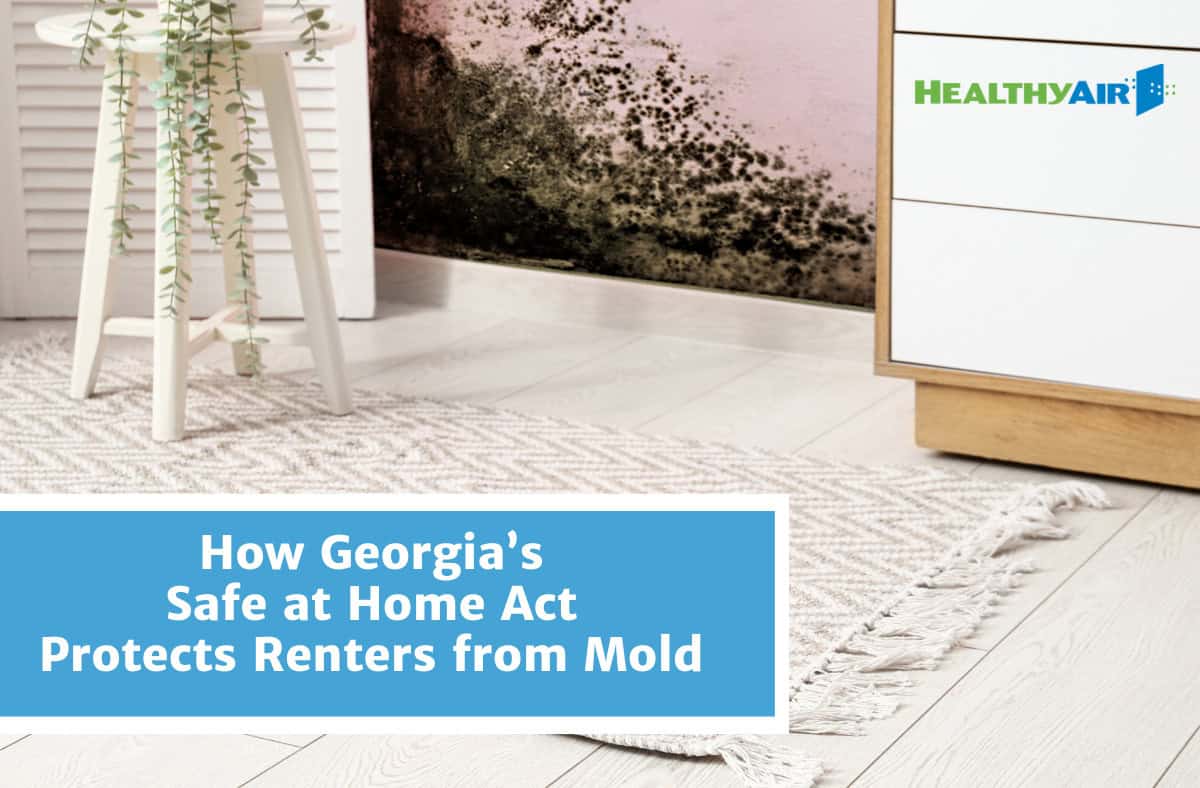Why Should I Do a Household Mold Test?
Authorities such as the CDC, US EPA, Canada’ss CHHC and the US Institute of Medicine all agree that fungus growth and associated dampness indoors is…
Why Should I Do a
Household Mold Test?
Authorities such as the CDC, US EPA, Canada’s CHHC and the US Institute of Medicine all agree that fungus growth and associated dampness indoors is not acceptable. A household mold test can help identify dangerous fungus that is allergenic, infectious or toxic.
Fungi effects people differently and health effects are determined by an individual’s immune system, species or genus of the fungus, concentration, and amount of time exposed. Mycotoxins are biologically active metabolites produced by fungi that are known (or likely) to pose a heath threat to humans and animals who come into contact with them. It is not a gas considered to be VOC (Volatile Organic Compound). It is present in fungal particles (spores or mycelia) regardless of whether the fungi are viable or not.
Fungus can cause flu-like symptoms, runny nose, eye irritation, sore throat, cough, lethargy, congestion, skin rash, memory loss, joint pain, asthma and aggravation of asthma, cancer and even death. Since fungus is naturally present in outdoor environments, and we share the same air between indoors and the outdoors, it is impossible to eliminate all fungi and their spores from the indoor environment. Infants and elderly are more susceptible to health problems resulting from fungus because their immune system is likely to be underdeveloped or weakened.
With a household mold test, varying types of fungal sampling are done to determine:
- Are air borne fungi spore levels elevated?
- What types of fungi is present?
- Are there fungal pathogens?
- Is there sustained mold growth?



